How Chucky's Backstory Avoids Problems of Other Horror Origin Stories
Something The Franchise Excels At
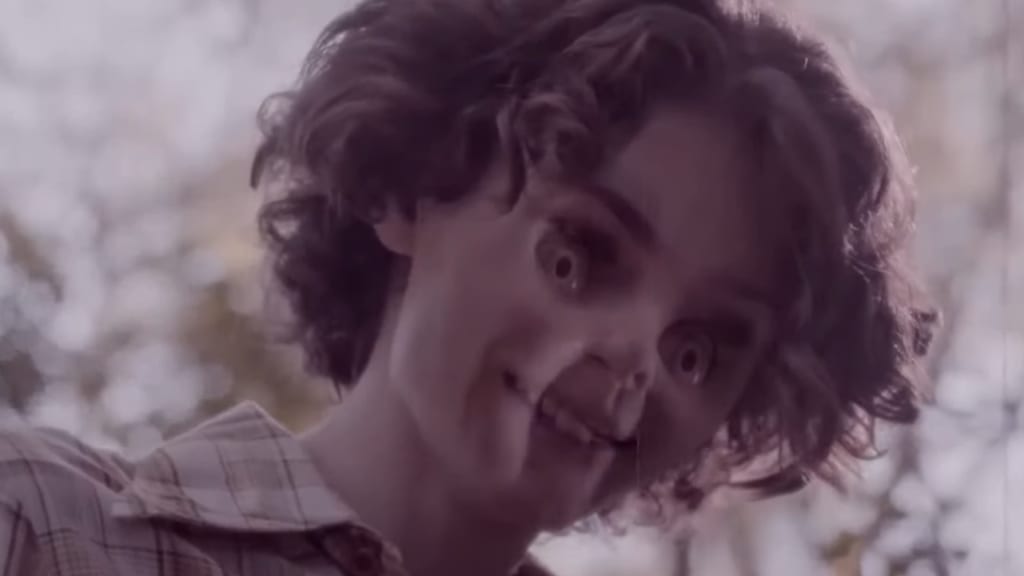
Long-running horror franchises often run the risk of putting out stories that pale in comparison to the original idea. Sometimes, goofier sequels come along, and there might even be one that takes the horror villain into space. But another element that sometimes taints a good brand if it has shoddy execution is the origin story, which can be presented in the form of a flashback, a full-on prequel, or even a remake or reboot that tries to explain too much. However, the Chucky of Don Mancini's slasher franchise avoids such problems, as shown in the 2013 film Curse of Chucky and, more recently, the Chucky TV series.
Typically, we hear a little bit of backstory in the initial installment of a horror franchise. It tends to be somewhat brief, but tells us all that we need to know. Sometimes there is just one brief flashback that says everything without overstaying its welcome. With Michael Myers in Halloween, we begin with his first kill when he's a kid, with no explanation of why he does it. The movie fast forwards 15 years, and we are told throughout that he is just the boogeyman, with no rhyme or reason for why he kills people on Halloween. With Jason Voorhees, we get his mother Pamela talking about how he drowned as a kid decades earlier when the camp counselors were not watching. With Freddy Krueger, we hear about how vengeful parents burn him alive after he gets away with murder on a technicality. And with Chucky, we see how the Lakeshore Strangler Charles Lee Ray uses voodoo (or the film's interpretation of it) to transfer his soul into a doll.
As Chucky's story continues, later films add more details to his backstory. In the fourth film, Bride of Chucky, we learn that he had a girlfriend named Tiffany Valentine. Two sequels later, Curse of Chucky added more details surrounding the time he became a doll. Making things more complicated (but also more compelling from a storytelling perspective), it is revealed via flashback that Charles Lee Ray had an obsession for Sarah Pierce while she was pregnant with the film's protagonist Nica. We see that the police started chasing him that night he had her captive, and he retaliated by stabbing Sarah, making her daughter paraplegic.
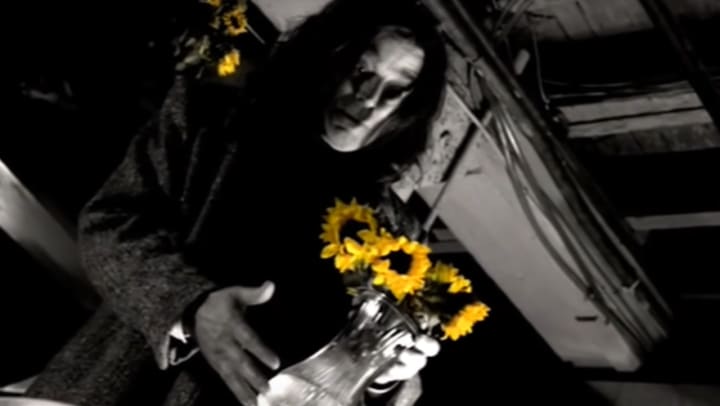
These additions to his origin story feel a bit out of left field...but also not. Chucky's obsession with Sarah and wanting to be part of her kids' lives, strangely, feels consistent with his desire to keep his family together in the previous film Seed of Chucky, where he goes ballistic over the idea of his wife and child leaving him, trying to kill Tiffany as a result. Curse of Chucky doubles down on how evil Chucky can be, while also being consistent with what has been shown before.
Where other slasher origin stories have gone wrong is that they try to explain motivations in ways that diminish the villain. Let's take Michael Myers for example. The first Halloween film maintains a mystique by giving no particular reason for his selection of victims. Halloween II ruins the mystique by turning protagonist Laurie Strode into his sister. For many years, family becomes a huge part of what drives him. By the sixth film, The Curse of Michael Myers, it is even suggested that a cult turned him into an evil being. This, along with other questionable choices within that film, was such a controversial change to the lore that it was retconned by the next film, which only acknowledged the first two films as having happened.
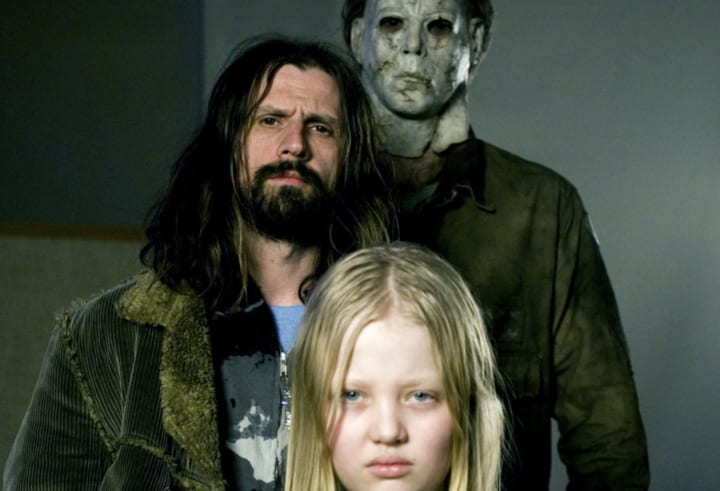
In 2007, there was a Halloween remake that spent a sizable chunk of the film showing that kid Michael Myers (with dialogue and all) came from a dysfunctional family. The ultimate "sin" of this is that it tries to make viewers feel sorry for a villain who was originally created as the ultimate evil with no redeemable qualities. It makes him less scary. Understandably, this continuity would later be abandoned, with the 2018 Halloween film recognizing only the first film, in order to bring back the mystique.
Let's also take Leatherface, for example. He is a pretty blank slate in 1974's The Texas Chain Saw Massacre. He wears masks made of human faces, which give him his different personalities. We learn no specific details about his origin, but how subservient he is to his cannibalistic and dysfunctional family is all that we need to know. He is their attack dog, still brutal to the victims. There is something so appealing about not knowing who he really is or what he was like before he started wearing masks.
Later films would give him different names and family members, diminishing him as a villain for various reasons, whether it be just rehashing the same plots or having more ridiculously comedic tones. In the 2003 remake, however, he became more brutal than ever before. The prequel to that entry, titled Texas Chainsaw Massacre: The Beginning, does show Leatherface (Thomas Hewitt in this continuity) as a baby found in a dumpster with a skin disease. Thankfully, we do not see him as a kid. And when he's an adult, we see his face and his decision to start wearing faces as masks. While this does take away some of the mystery, it does not diminish him as a villain.
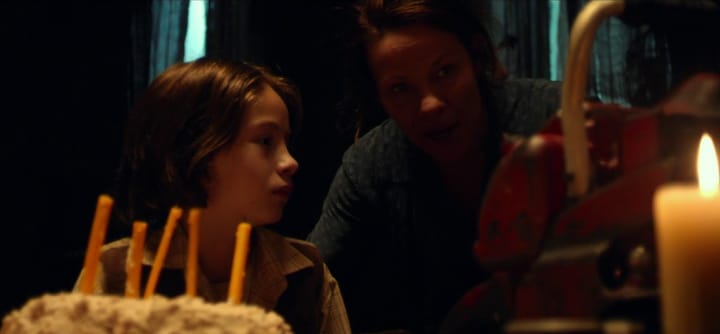
That all flies out the window with 2017's Leatherface, a prequel to the original also meant to be in the same continuity as Texas Chainsaw 3D. We are shown Jedidiah Sawyer as a kid unwilling to kill like the rest of his family. We then fast forward to his young adulthood, watching a journey of potential candidates who might end up becoming Leatherface. I feel that, by the end, the Leatherface we get is not the type of person I would have expected him to have been prior to the original film. There is a big disconnect.
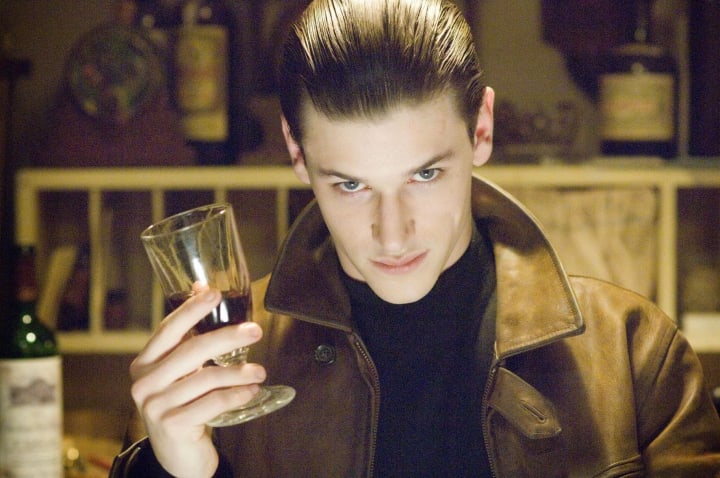
While we're at it, let's take a look at Hannibal Lecter. He is such a mysterious villain in the novels Red Dragon and The Silence of the Lambs. However, the third installment, Hannibal, turns him into more of an antihero and starts touching upon his backstory, which involves the death of his younger sister, whom he ended up eating. This is expanded upon full force with the prequel novel Hannibal Rising, which author Thomas Harris was pressured into writing so that another film adaptation could be made. This is yet another example of a story trying to make us feel sorry for a villain who was initially menacing. It flies in the face of his line from The Silence of the Lambs: "Nothing happened to me, Officer Starling. I happened. You cannot reduce me to a set of influences."
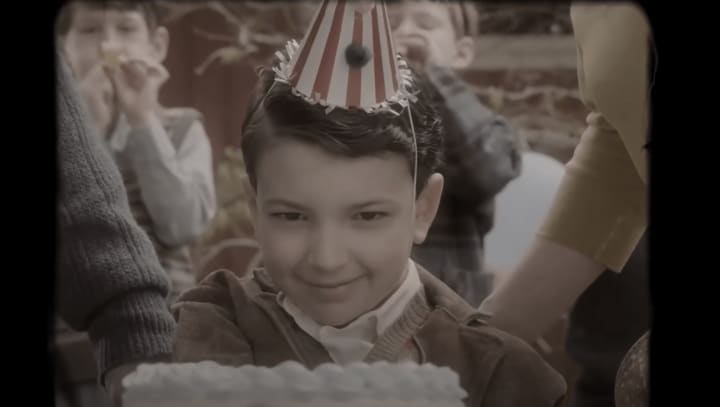
How kid and teen Charles Lee Ray are presented in the Chucky TV series fall more in line with this type of line. The series premiere teases the Ray family murders, but expectations of sympathy are subverted when a 7-8-year-old Charles kills his own mother just because he feels like it. Shown later as a teen, he seems to have no remorse. He just kills yet another person for annoying him. And his desire to get other kids interested in killing, both in the past and in the present, feels consistent with him wanting his child in Seed of Chucky to be a killer. He wants to be influential and spread chaos.
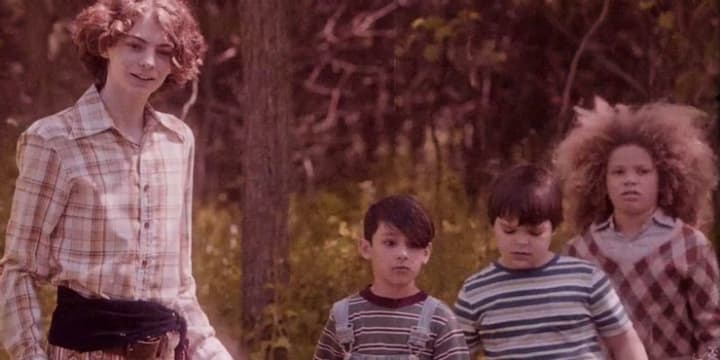
We also get 1980s flashbacks of his early escapades with Tiffany Valentine, and even get an extra detail about how the police were able to pursue Charles Lee Ray right before the original Child's Play film. None of the backstory for young Chucky tries to make viewers feel sorry for him. For villains like John Kramer from the Saw films, it is excusable to provide a tragic backstory, as he believes himself to be doing good to begin with. But for slasher villains who are initially presented as having no remorse, it doesn't quite work. Chucky is a monster, through and through, and does what he does simply for the thrill of it. He may go through comedic situations, but at the end of the day, Chucky is pretty much still as he was presented initially in the franchise. Should there be further flashbacks in Chucky season 2, they probably will continue to not undermine the menace that is Charles Lee Ray.
About the Creator
Steven Shinder
Author of fantasy horror comedy novel Lemons Loom Like Rain, which is available on Amazon. You can also read excerpts at stevenshinder.com and check out facebook.com/StevenShinderStorytelling.






Comments
There are no comments for this story
Be the first to respond and start the conversation.